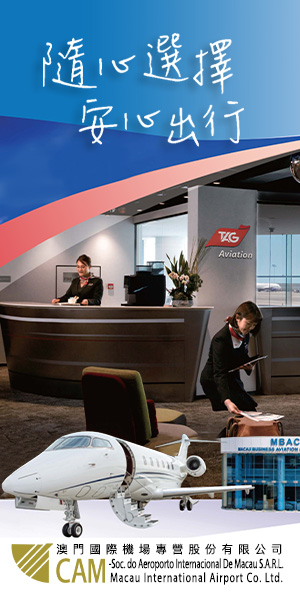Modern private aircraft transactions are international affairs. The seller, buyer, brokers, lenders, lawyers and escrow company are located all over the world, but come together to transact in the sale and purchase of a private aircraft. A face-to-face meeting, where the parties meet each other, and negotiate deal terms seldom occurs. Instead, most of the transaction happens by email and telephone. Because of the impersonal way in which private aircraft transactions are completed, the “Letter of Intent” serves the important functions of establishing the relationship between the parties, setting the tone for the transaction, and determining the deal’s structure and key terms.
The Parties Meet
The Letter of Intent (“LOI”), which is also called a “term sheet,” “memorandum of understanding” or “offer letter,” is the first time in a private aircraft transaction that the parties all come together. Before the LOI, the brokers for the buyer and seller speak about the aircraft, its condition and price, the buyer visually inspects the aircraft, and the buyer and seller each, internally within their organization, discuss this possible aircraft transaction. When the buyer and seller each, independently, decide that they want to attempt an aircraft transaction, everyone’s focus turns to an LOI.
Every private aircraft transaction is unique, so the process of negotiating an LOI allows the parties to establish their relationships and learn about the other. The first thing learned is who makes decisions for each party. If there are no clear decision-makers for both buyer and seller, the aircraft transaction is likely to fail due to delay.
The LOI process allows the parties to learn how the other party makes decisions and takes action. Are they fast or slow? Do they negotiate everything, or just the important matters? Do they do what they say they will do? For example, did the buyer remit a good-faith security deposit to the escrow agent in a timely manner, and did the seller allow the buyer’s representative to inspect the aircraft records? Are there people involved that are difficult to work with, or have an unfavorable reputation? Are particular people acting hostile towards each other, in which case better to keep them apart and allow intermediaries to express their concerns. These are all important clues as to how the rest of the aircraft transaction will go, after the LOI is signed.
Although the brokers normally lead the LOI negotiations, after the LOI is signed, the lawyers usually take the lead on moving the transaction forward from the LOI to a signed Aircraft Purchase and Sale Agreement, and the lawyers also oversee the aircraft delivery and closing process.
Letter of Intent: Key Terms
The LOI establishes the key terms of a private aircraft deal, outlines the transaction’s path from beginning to closing, and precedes the signing of a binding Aircraft Sale and Purchase Agreement. An LOI generally contains binding terms, and the parties need to be clear to identify the points that they intend to be binding. The LOI should cover the following key terms:
- Determine the purchase price.
- Describe the aircraft, engines, equipment and documents that will transfer to the buyer (i.e., make, model, serial numbers, configuration, and maintenance status).
- Establish the amount of the buyer’s deposit, who will hold it, the conditions for its return or forfeiture, and who pays the escrow agent’s fee.
- Assumed physical condition that the aircraft must be in at the time of delivery, along with clear title and no liens.
- Establish timelines for future actions, such as inspection and closing.
- Decide who pays for aircraft movement costs.
- Agree that the buyer has the exclusive right to purchase the aircraft during this time and that the seller will otherwise take the aircraft off the market.
- Agree to negotiate and enter into a definitive Aircraft Sale and Purchase Agreement within a short timeframe.
Conclusion
The Letter of Intent is a small, inexpensive step in a private aircraft transaction, but should not be skipped. Without an LOI, the parties stumble around with inadequate direction and expectations, or go straight to drafting and negotiating an Aircraft Sale and Purchase Agreement and get bogged down in the details. In either event, without an LOI, aircraft transactions tend to stall or fail. Most private aircraft deals succeed when there is an LOI, because the parties establish a working relationship and agree on the deal’s structure and key terms before any formal agreement is reached.
